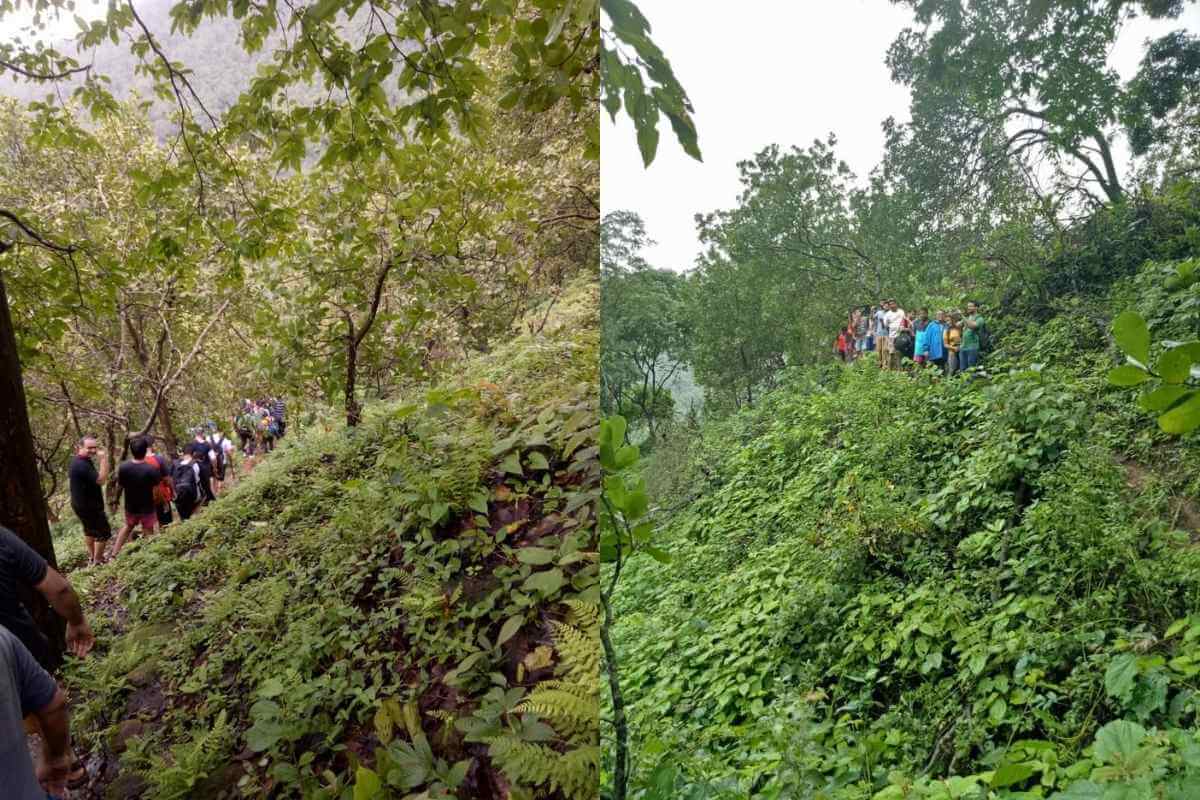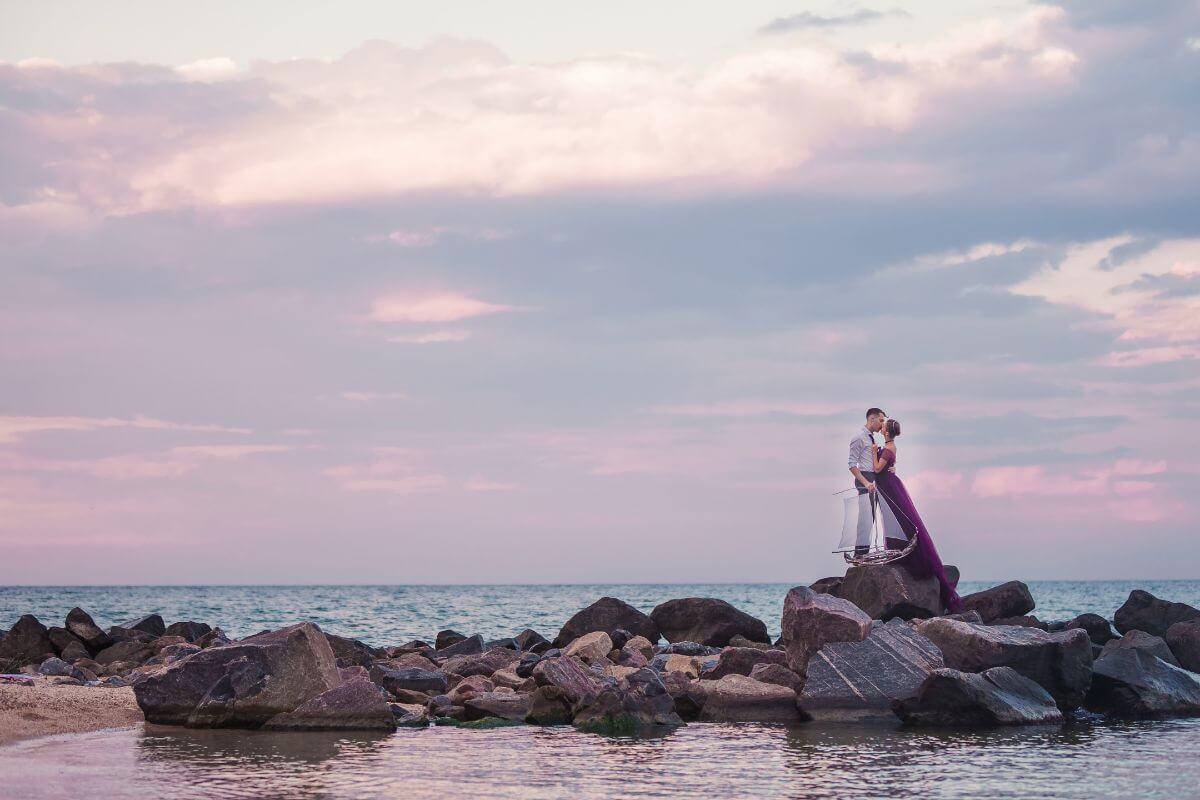The Jelly Fish once attack once again surfaced on the Goan beaches after almost 3 years time. There was a similar outbreak of Jelly Fish on the Goan beaches in the year 2017. The Goan beaches are very high in demand amongst the tourists and due to the resumption of tourism activities the domestic tourists have started flooding in the state but now there is another challenge that is being faced by them and that is the sting from Jelly Fish suddenly appeared on the Goan beach. This Article will tell you what to in case of sting and which beaches to avoid.
Over the past couple of days multiple reports of jelly fish sightings and stings have recorded in the various tourist hotspots in Goa.
According to a report from Lifesaver sector head on 18th November 2020 50 tourists had a Jelly Fish sting in Baga to Calangute beach belt while 10 guests in the Candolim-Sinquerim stretch in North Goa while South Goa saw 19 people being stung.
In a sudden surprise, Jelly fish have appeared on Goan beaches. Here’s what you need to know, which beaches to avoid going to and how to take care if stung
With the advent of tourists the crowd density has increased on the beaches and the coast guards are continually making announcements, warning tourists, asking them to be cautious while walking on the shore and to avoid swimming in the water.
“Please be careful in the water. This variety are not toxic but can cause a reaction if stung,” they said.
As the beaches across Goa, specially Calangute and Baga, which is favourite amongst the domestic tourists, have been overcrowded and once that happens there are chances of more tourists getting jelly fish stung.
Despite of warning from the lifeguards people do not listen hence there is noting much can be done but incase if you get stung by a jelly fish, this if for you.
DO’s:
- Inform the closest DHRISTI Lifeguard.
- Carefully pluck visible stingers, if any, with tweezers.
- Apply vinegar or lemon juice on the affected area. (available with Life guards)
- In case pain or irritation persists consult a medical professional.
DON’T’s :
- Scrapping out stingers.
- Rinsing with seawater
- Rinsing with human urine
- Rinsing with fresh water.
- Applying alcohol, ethanol or ammonia.
- Applying pressure bandages.
The above instructions are as provided by the caution message given out by the Tourism Department.
Even though the jelly fish are non-toxic, the sting will hurt so avoid going to these areas. As much as the urge is to go see jelly fishes, refrain from visiting the beaches, and most importantly, do not swim in the water.
Lifeguards will assist you if you are stung so always make sure you know where they’re stationed. It’s better to be safe then sorry so remember to maintain social distancing, wear masks, be cautious while walking on the shore.





























